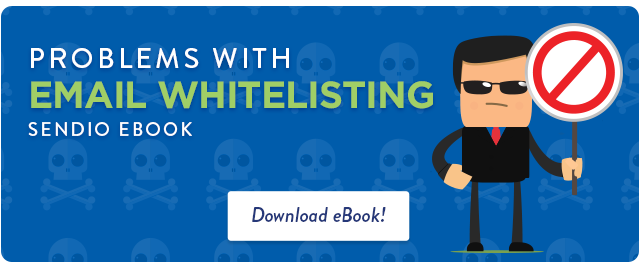As a business communication tool, email is stunningly effective. With a few clicks, employees can see a digital inbox bursting with notes from colleagues and customers, as well as online newsletters, marketing material, industry updates and event news.
No wonder employees are so stressed.
In one day, an average worker receives 85 emails, and spends at least one minute per message replying or reading, on a constant cycle of read-and-purge that only seems to get more challenging. The continual work interruption that this represents has a significant, negative impact on productivity. Some people actually snap from the pressure and delete everything, in a move known as “email bankruptcy.”
Fortunately, there’s a better way. You can help your employees take charge and reduce email overload through several useful strategies:
1. Go from fire hose to water fountain
A major part of the challenge with email overload is simply volume. If you were to get a huge mail sack every day, it would likely take you hours to sort through it — separating junk mail from legitimate letters and bills, opening the relevant mail, and handling each communication based on urgency. Because email is digital, people don’t tend to think of it in the same way as an enormous, physical stack of mail, but the process of sorting and handling is the same.
To reduce overload, you have to reduce volume. You can help employees to lower stress levels and increase productivity by putting email filtering in place that screens out the truly important messages and holds back the rest. This allows your employees to handle emails more quickly, and on a better schedule.
Email filtering also allows you to create a repository where some email forms that you want — newsletters, bulk mail, social media updates and alerts — are put into a separate area until your employees have time to read them. That keeps the messages with that information from becoming interruptions instead of relevant news.
2. Train employees in email handling
There are many tactics for making email usage less overwhelming. Some people choose to answer emails only within a certain timeframe each day — for example, the first 10 minutes of every hour, or during 30-minute blocks and the beginning and end of a workday. Others might turn off email when they’re working on projects and want to focus without interruption.
No matter what habits are put into place, it’s important to establish some kind of system that can help. Talking with your employees about what works best for each of them can boost conversation and brainstorming. Put together a training session focused on email handling techniques, and allow plenty of time for open discussion. Many times, employees have creative tactics to reduce email overload that might be able to work company-wide.
For example, one entrepreneur recommends making subject lines into well-focused summaries instead of quickly written, vague descriptions. So, instead of “Deadline discussion,” a subject line would be: “Recommend we ship product April 25th.” Another suggestion is to create a “Reply” folder to move messages that require action out of an inbox quickly, and then set a certain timeframe for going through that folder.
3. Share email writing tips that can cut down on reply times
In addition to sorting emails effectively, employees should also be trained in how and when to reply to emails. This type of training is rare in company settings, but it can go a long way toward increasing productivity.
For example, employees can be taught that reading an original email carefully (instead of skimming) before responding could prevent misunderstandings that have to be cleared up with even more email exchanges. Also, being more straightforward in email communications, rather than padding messages with unnecessary descriptions or small talk, can make email exchanges shorter and less time consuming.
When considering additional ways to help employees handle email, learn more about about how Sendio can increase efficiency and productivity while giving employees the ability to take back their inbox.

//
